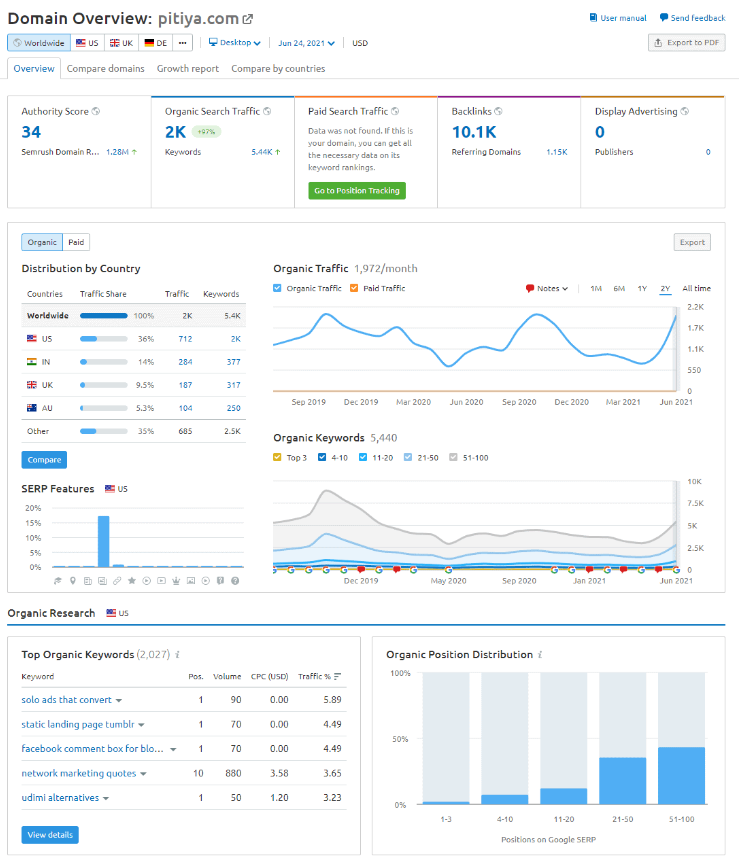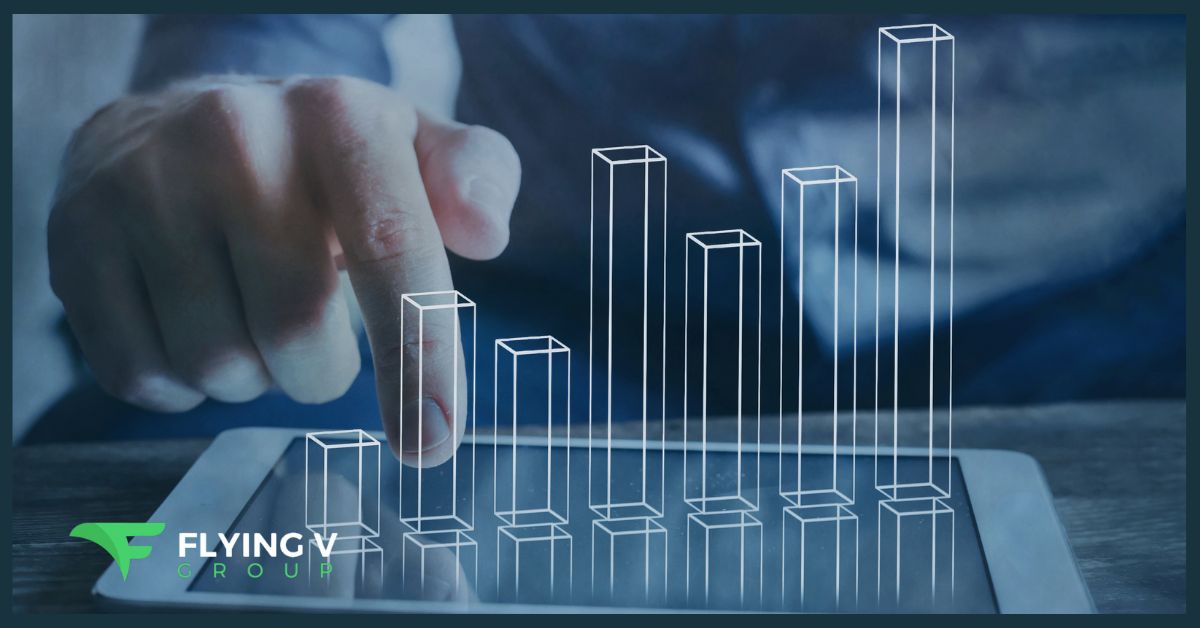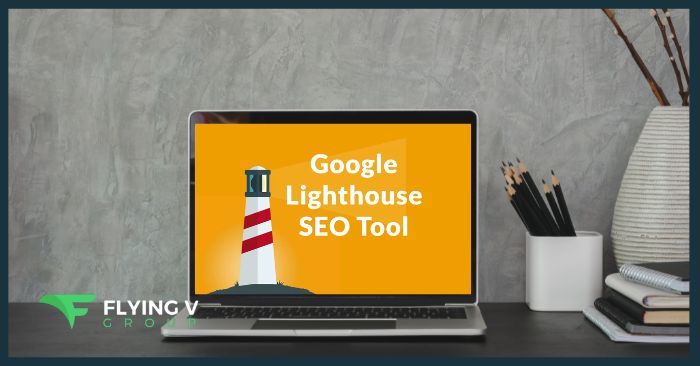https://www.flyingvgroup.com/content-strategy-template/Ever noticed the ‘Traffic Cost’ metric in Semrush? It’s a feature that many miss, but it’s key for growing your business. In this guide, we’ll show you why the Semrush Traffic Cost metric is important and how you can use it to boost your online success.
Whether you’re new to Semrush or have been using it for a while, you’ll learn simple ways to use this metric to improve your website’s performance and your SEO strategies. Get ready to unlock the potential of Traffic Cost for your business.
What is Semrush Traffic Cost?
Semrush traffic cost is a snapshot of your website’s potential. Think of it as the price tag of your online visibility — a measure of what the traffic to your site is truly worth. In the bustling marketplace of the internet, this number tells you how effectively your content pulls in valuable visitors.

How is Semrush Traffic Cost calculated?
How does Semruh come up with this crucial number? It’s a bit like financial forecasting but for web traffic.
Semrush looks at the keywords bringing users to your site and then estimates what you’d pay for this traffic if you were using paid ads.
It’s a lend of search volumes, current keyword rankings, and average cost-per-click rates — a trifecta of data that reveals not just the quantity of your traffic, but its quality.
Semrush calculates the value of traffic in a few steps:
- Estimating Keyword Traffic: First, Semrush estimates the traffic a keyword brings. It looks at the keyword’s position in search results on a specific day and its average Cost-per-Click (CPC) from Google Ads.
- Average Click-Through Rates (CTRs): Semrush then estimates the average CTR for keywords. Typically, the top 3 Google search results get most of the clicks. Semrush uses clickstream data to figure out these average CTRs.
- Total Traffic Share per Keyword: Using the CTR and the average monthly search volume, Semrush calculates the total traffic a keyword is likely to bring.
- Calculating Traffic Cost: The total estimated traffic is multiplied by the average CPC to find the traffic cost for a keyword. However, it’s important to note that Semrush doesn’t provide traffic cost for individual keywords.
- Summing Up Traffic Costs: Finally, Semrush adds up the traffic cost data from all keywords to give an overall picture.
This method gives a comprehensive view of the potential value of your site’s traffic, helping you understand and optimize your SEO efforts.
Why is Semrush Traffic Cost Important?
Semrush Traffic Cost is a crucial metric for several reasons, making it an indispensable tool for anyone serious about SEO and digital marketing:
- Valuing organic traffic: It provides a monetary estimate of your organic traffic. This is especially useful for understanding the worth of your SEO efforts in terms of potential paid search expenditure.
- Competitive Benchmarking: By comparing your Traffic Cost with that of your competitors, you can gauge the effectiveness of your SEO strategies relative to others in your industry. This insight is invaluable for staying ahead in a competitive market.
- ROI Analysis: Traffic Cost helps in assessing the return on investment of your SEO activities. By quantifying the value of organic traffic, you can make more informed decisions about where to allocate your marketing budget for maximum impact.
- Prioritizing Keywords: This metric helps identify which keywords are most valuable in terms of driving high-value traffic. This enables you to focus your SEO efforts on optimizing for keywords that could yield the highest return.
- Strategic Planning: Understanding the Traffic Cost can guide your content and SEO strategy. It helps in identifying areas that need more focus and those that are already performing well, allowing for a more targeted approach.
- Market Isight: Traffic Cost offers insights into market trends and consumer behavior. By analyzing which keywords have higher costs, you can infer what your target audience is searching for and tailor your content accordingly.
By understanding and monitoring this metric, you can fine-tune your strategies, ensuring you’re not just attracting more traffic, but the right kind of traffic. In the world of digital marketing, where every click and conversion counts, Semrush’s traffic cost analysis is your map to treasure.
Ste-by-Step Guide: Using Semrush Traffic Cost Tool
Let us run you through a step-by-stp guide to start using the insights of Semrush traffic cost tool.
- Accessing the Tool:
Log in to your Semrush account. Navigate to the ‘Traffic Analytics’ section. Look for the ‘Traffic Analytics’ option under the ‘Market Analysis’ tab on your Semrush dashboard.
- Entering Domain Details:
Enter your website’s domain into the search bar. You can also compare multiple domains simultaneously to gauge your performance against competitors.
- Analyzing Traffic Cost Data:
Once the domain is entered, navigate to the ‘Traffic Cost’ section to view the data. Use the date range feature to analyze traffic cost over different time periods for trend analysis.
- Interpreting the Results:
Study the displayed traffic cost, which showcases the estimated value of organic search traffic. Pay attention to the keywords that are driving the most costly traffic. These are your high-value targets.
- Implementing Insights:
Use the insights gained to adjust your SEO and content strategy. Focus on improving rankings for high-cost keywords where your site is currently underperforming.
Adating Semrush Traffic Cost Analysis to Your Unique Business Profile
- Business Size Consideration: Smaller businesses might focus on local, low-competition keywords with high potential, while larger businesses can tackle more competitive, high-cost keywords. Adjust your analysis to reflect the scale and reach of your business.
- Industry-Specific Strategies: Different industries have different online behaviors. Retail businesses might emphasize transactional keywords, while B2B companies focus on informational and navigational keywords. Tailor your analysis to reflect your industry’s unique digital footprint.
Aligning with Marketing Goals
- Goal-Oriented Keyword Prioritization: If brand visibility is your goal, prioritize keywords with high traffic cost but maybe lower conversion rates. For direct sales, focus on high-conversion, cost-effective keywords.
- ROI-Driven Analysis: Adjust the traffic cost analysis to align with your return on investment (ROI) goals. Determine which keywords and traffic sources yield the best ROI and focus your efforts accordingly.
Spotting Market Opportunities and Threats
- Competitive Landscape Analysis: Use traffic cost data to understand where your competitors are investing and identify gaps in their strategies. This can reveal untapped market segments or over-saturated areas.
- Threat Identification: Keep an eye on rising traffic costs in your primary keywords. Increasing costs can indicate heightened competition or market saturation, signaling a need to adapt your strategy.
By customizing traffic cost analysis to fit your business size, industry, and marketing goals and being alert to changes in your market, you can make informed decisions that propel your business forward in the digital space.

Boost Your SEO with Semrush Traffic Cost and Flying V Group
Unlock the power of Semrush Traffic Cost to skyrocket your business’s online visibility. This key metric is crucial for anyone looking to enhance their SEO strategy.
At Flying V Group, we specialize in simplifying and maximizing the benefits of Semrush for you. Our team of experts will guide you through understanding and using this valuable tool, ensuring your digital marketing efforts are both effective and efficient.
Let us help you transform your website’s traffic into measurable success.
FAQs
What is paid traffic in Semrush?
Paid traffic in Semrush refers to visitors that come to a website through paid advertisements, such as Google Ads or other paid digital marketing campaigns, as tracked and analyzed by Semrush.
What is traffic cost?
Traffic cost estimates the equivalent monetary value of organic traffic to a site if the same traffic was obtained through paid ads. It reflects the potential ad spend saved through organic search.
How does Semrush calculate traffic?
Semrush calculates traffic by analyzing search data, including keyword volumes, site positions for those keywords, and click-through rates, to estimate the number of visitors a site receives from search engines.
Does paid traffic hurt SEO?
Paid traffic does not directly hurt SEO. While it boosts immediate website traffic, it doesn’t influence organic search rankings. However, it can indirectly impact SEO through improved user engagement and site visibility.
Is paid traffic worth it?
Paid traffic can be worth it for quick visibility and targeting specific audiences, especially for new websites or promotional campaigns. It’s effective when used alongside organic strategies for a balanced digital marketing approach.






0 Comments